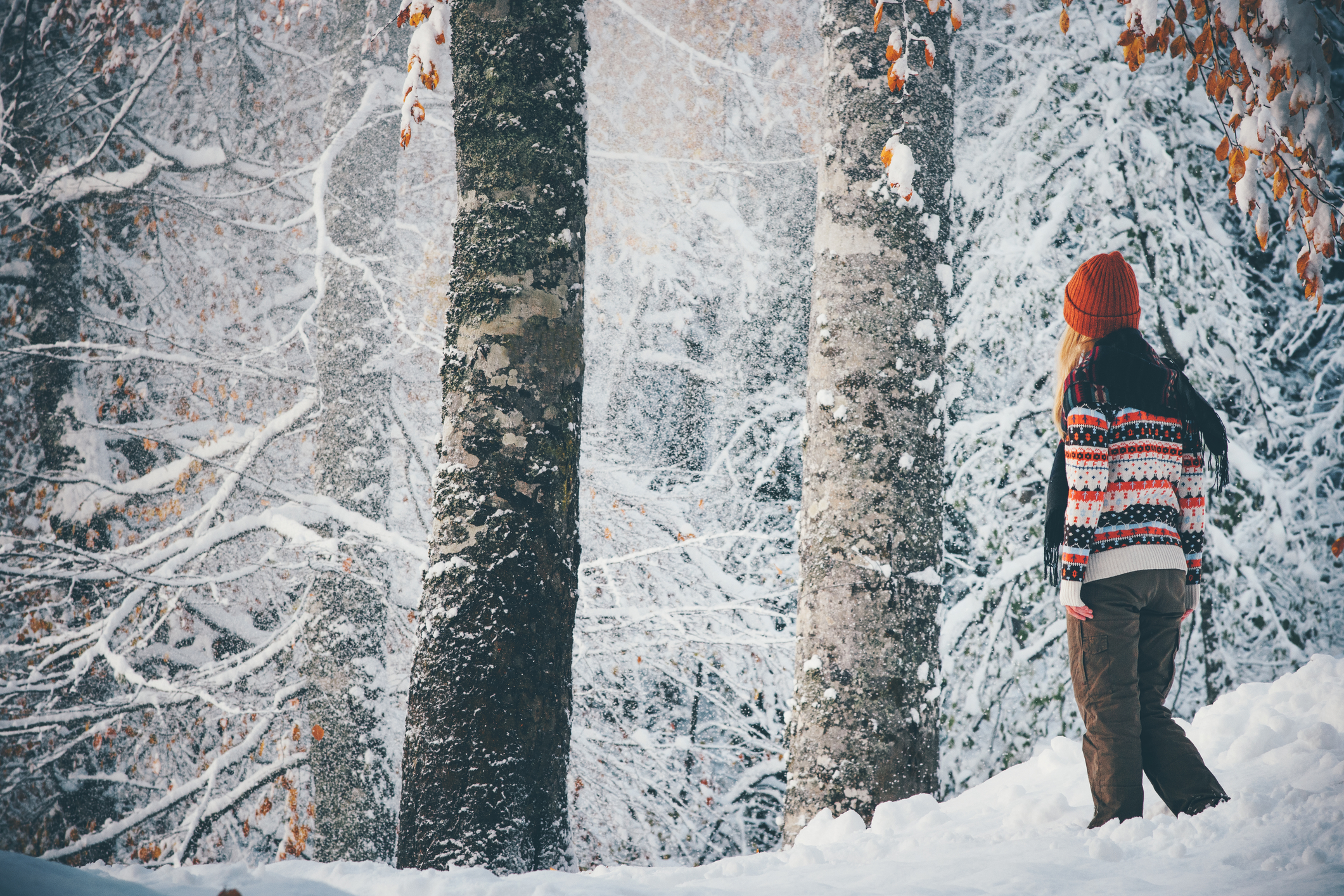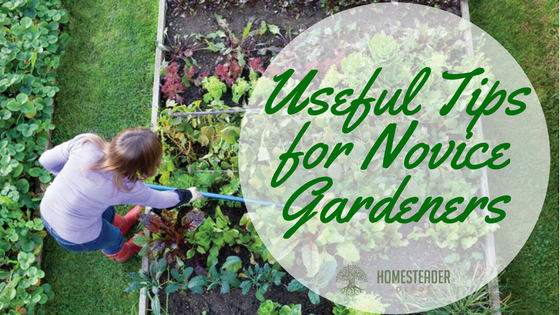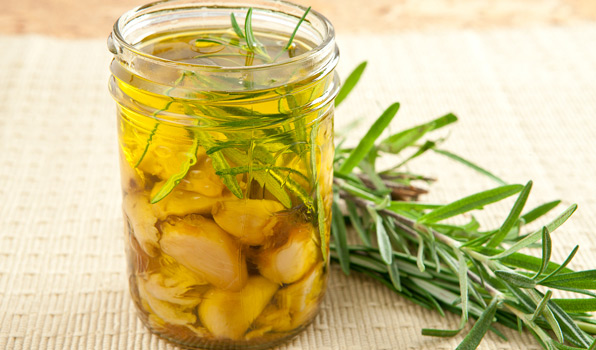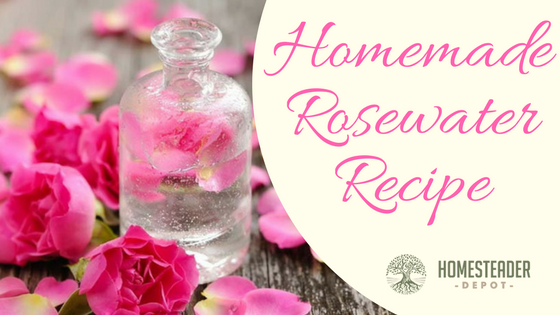5 Simple (Yet Crucial) Guidelines of Winter Survival
Spending some time in the woods in the wintertime, either voluntarily or because you wound up getting stuck out there, is no joke. You need to be able to take care of yourself, which means meeting all of your basic needs, lest you end up starving or freezing to death. Before the cold weather sets … Read more








